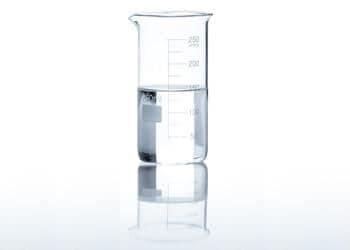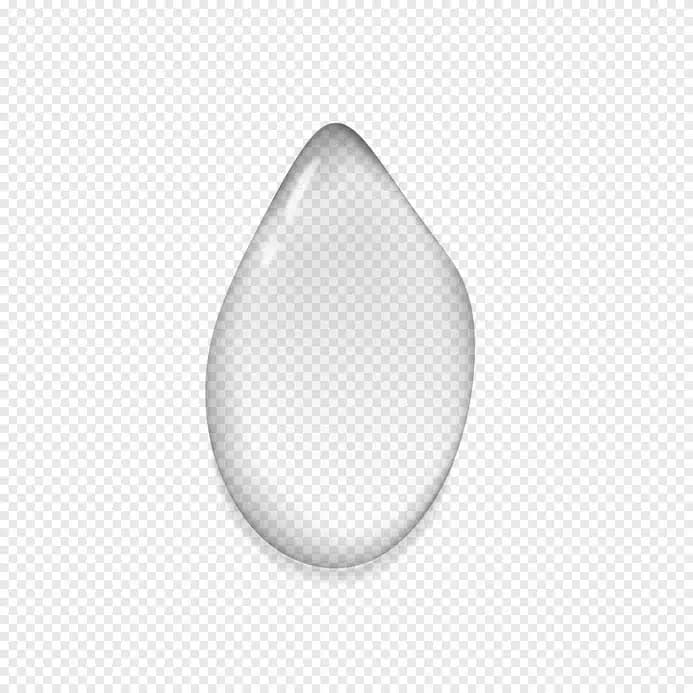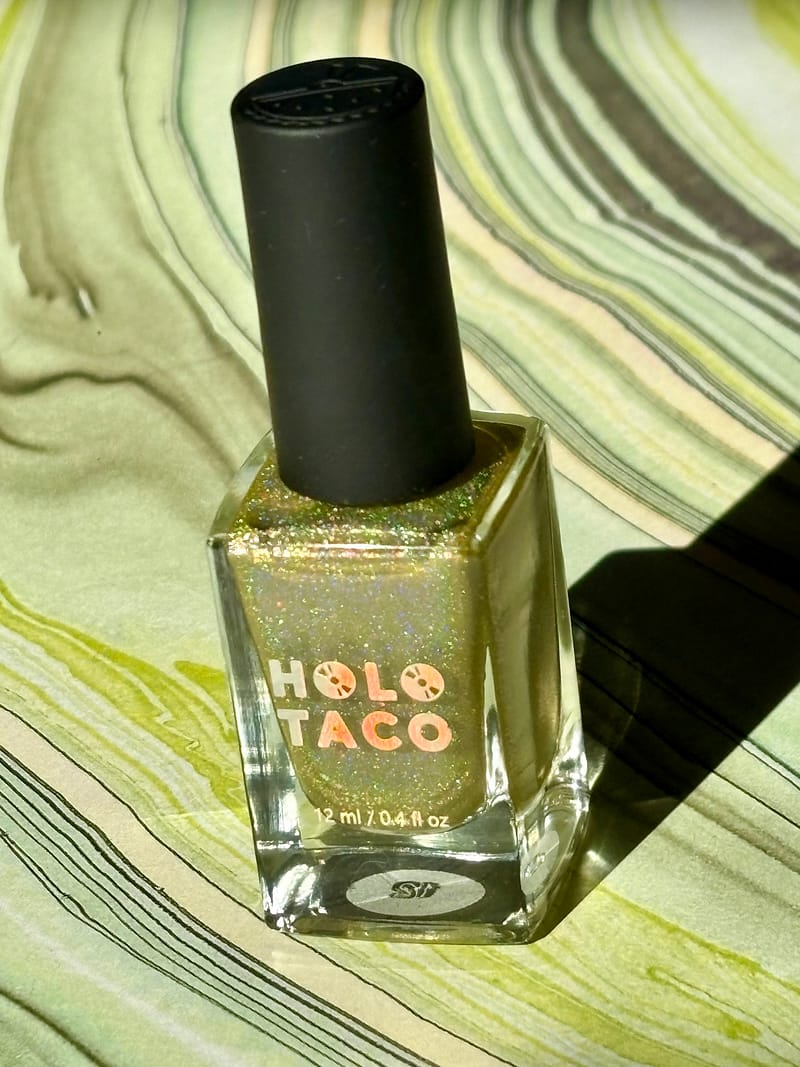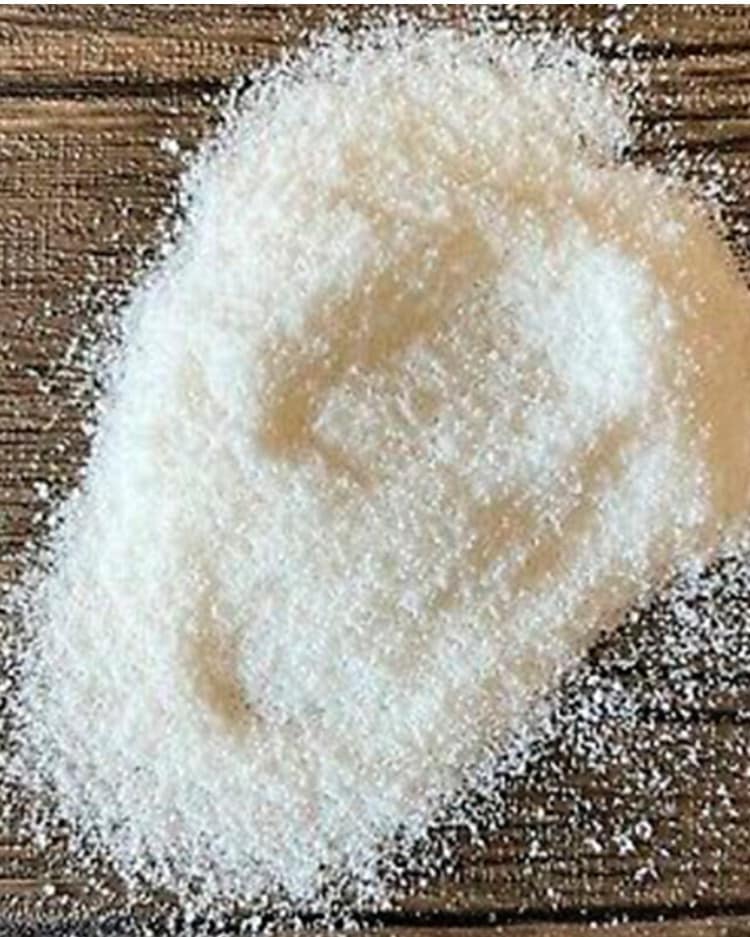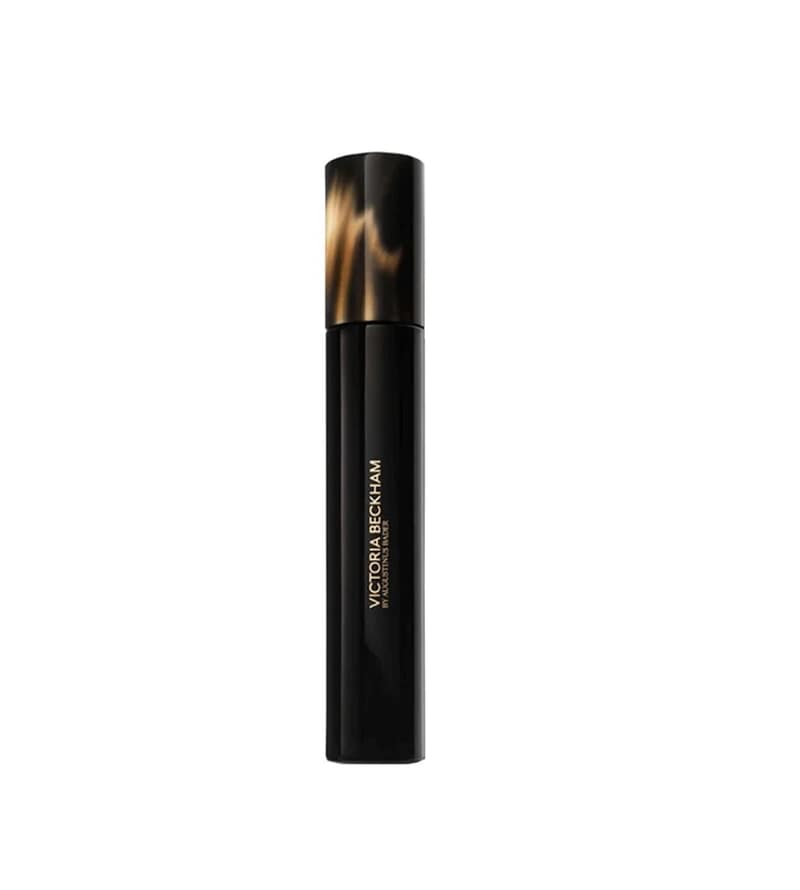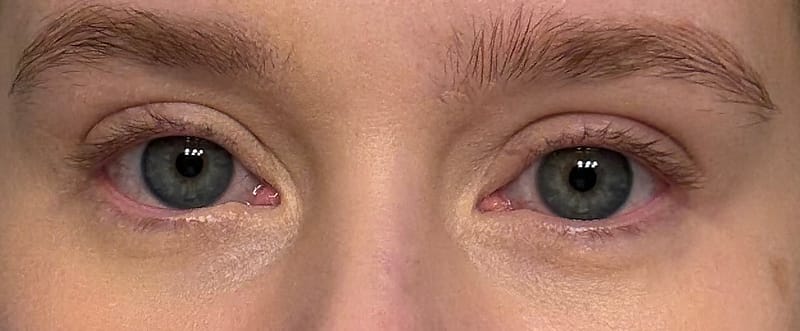Cyclopentasiloxane? Sounds like a mouthful! Does it go by any other name?
Yes! It is also referred to as decamethylcyclopentisiloxane. I bet you thought it’d be something simpler, eh? Never fear, it is also abbreviated to the humble “D5” thankfully.
Cycloblaaaaaah–What is it?
Cyclopentasiloxane is yet another version of silicone you can find floating around in skincare and haircare products and is part of the broader cyclomethicone category. Its main purposes are as an emollient, lubricant and a solvent.

But what’s the main point of it being in skincare?
Unfortunately, cyclopentasiloxane doesn’t have much benefit when it comes to the actual skincare. It’s more of how it functions with other ingredients and how it helps your skincare feel when applying it.
- Spreadability – Cyclopentasiloxane as a silicone helps the formulation go on skin smoothly with less tackiness.
- Quick Evaporation – It allows for quick drying of the product once applied to skin
- Solvent – Yup, this ties into helping your skincare go on more easily as it helps those heavier ingredients gain some spreadability by helping them dissolve!
- Barrier for Moisturizer – This ingredient can act like a barrier, sealing in hydration and preventing water loss from the skin. Very useful indeed! It also is permeable, allowing skin to “breathe” if you will.
And what about it’s use in haircare?
As far as silicones go, cyclopentasiloxane is surprisingly lightweight compared to others of its ilk. This means your hair won’t get unnecessarily weighed down as it might do with other silicones.
Additionally, the barrier and sealing properties available in skin care are also available in hair care. This coats the shaft protecting your strands from valuable moisture loss. Also worthy of note: prevents frizz, breakage and detangles hair!
I’ve heard it’s bad for you. Is this true?
Mostly, this rumor circulates around the fact that it can be considered a hormone disrupter. However, the levels in which the beauty industry uses cyclopentasiloxane are so low that your concern should be at a zero percent.
For an ingredient to disrupt your hormones, it must be able to penetrate the skin. Cyclopentasiloxane evaporates too fast for any significant absorption to occur. Furthermore, accumulation in the body is highly unlikely as it it shown to be easily exhaled out if inhaled, and is quickly broken down and excreted through urine.
What should we know before use?
The good news is cyclopentasiloxane is not likely to cause irritation or reactions. That being said–it’s still a good idea to patch test if you are concerned.
The bad news is that cyclopentasiloxane is not easily biodegradable. It can take years before decomposition and as a result, can cause environmental problems. This is more problematic in wash-off products where cyclopentasiloxane is quite literally going down the drain. As a result, the European Union is limiting the use of this ingredient in wash-off products to less than 0.1% of the overall formula.
Is it expensive?
No. As in Hell No. You can get just over two pounds of cyclopentasiloxane for $2-$4. It’s mostly used because of how cheap it is and to lower the price point of beauty products. So if you find it in a high end product? Make sure that product is stuffed full with active ingredients that work for you!
Products it can be found in:
